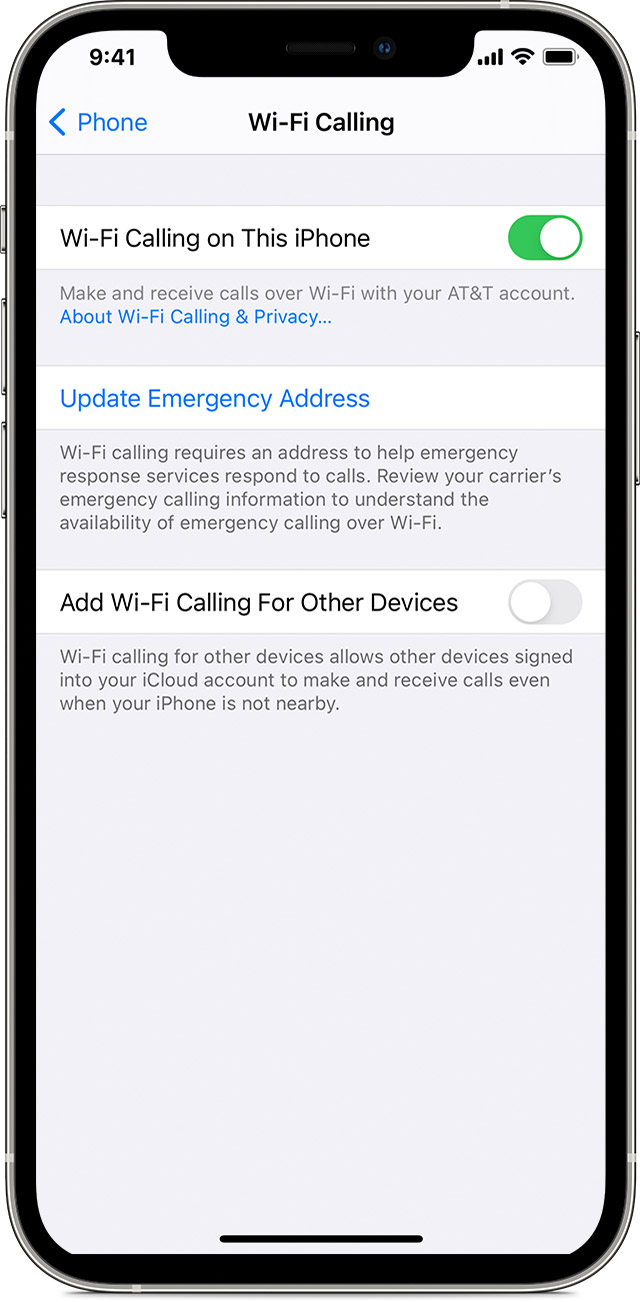Everything You Need to Know About Wi-Fi Calling
What is Wi-Fi Calling & How Does It Affect Your Phone Calls?
Wi-Fi Calling is a feature that allows you to make phone calls using Wi-Fi networks instead of your cellular network. This can be helpful if you are in an area with poor cellular service, or if you want to save on your data plan. In this blog post, we will explain what Wi-Fi Calling is, and how it affects your phone calls. We will also provide instructions for how to enable Wi-Fi Calling on your phone.
What is Wi-Fi Calling and what are its benefits over traditional phone calls?
Wi-Fi Calling is a feature that allows you to make and receive calls over a Wi-Fi connection instead of using your cellular connection. This can be beneficial in areas with weak or no cellular coverage. Additionally, if you have a limited data plan, Wi-Fi Calling won’t count against your data allowance. To use Wi-Fi Calling, you must have an iPhone 5c or later with iOS 8 or later, or an Android phone with OS 4.0 (Ice Cream Sandwich) or later and the carrier’s Wi-Fi Calling app installed. You also need a compatible carrier – currently, this includes AT&T, Sprint, T-Mobile, Verizon, and select smaller carriers.
How does Wi-Fi Calling work and how reliable is it compared to regular cell phone service?
Wi-Fi Calling is a feature that allows you to make and receive calls as well as text messages over a Wi-Fi connection. It’s important to note that while Wi-Fi Calling does use your home’s internet connection, it doesn’t replace your regular cell phone service. Instead, it supplements it by giving you an additional way to stay connected even when there’s no cell signal. So how does Wi-Fi Calling work? Essentially, when you place a call or send a text with Wi-Fi Calling enabled, your phone will connect to the nearest available Wi-Fi network and route the call or text through that instead of using a cell tower. The result is that you can still make calls and send texts even if you’re in an area with a weak or nonexistent cell signal. One of the big advantages of Wi-Fi Calling is that it’s much more reliable than regular cell service when it comes to making calls in areas with weak or patchy cell coverage.
Are there any downsides to using Wi-Fi Calling, or are there any situations where it’s not recommended to use it instead of a regular phone call?
Wi-Fi Calling is a great way to improve your call quality, but there are a few potential downsides to using it. First, if you’re not in a very good coverage area for your Wi-Fi network, you might not get the same quality of call as you would on a regular phone line. Additionally, if there’s an emergency and you’re relying on Wi-Fi Calling to make a call, you could lose service if your power goes out or if your Wi-Fi router stops working. There are also some situations where you might not want to use Wi-Fi Calling. If you’re making an important call that needs to be confidential, for example, you might not want to use Wi-Fi Calling because your conversation could be intercepted by someone else on the same network. Additionally, if you’re travelling internationally, you might not be able to use Wi-Fi Calling unless you have an international plan with your carrier.

